Dead Sexy: A Fortnightly Column on Erotic Thrillers
When two passenger airlines crashed into the Twin Towers on 11 September 2001, life changed irreversibly for Americans—and we don’t need reminding of the ongoing global impact that these attacks had too. But domestically, an estimated 422,000 New Yorkers suffered from PTSD. Along with the trauma of the attacks, cinema changed; as Lindsay Ellis writes for Vox, films depicting bomb-induced violence or terrorism did not begin to reappear until the late noughties, bidding farewell to the successful disaster movies of the 1990s like Independence Day and Armageddon that showed cities and buildings being blown up. In an interview with USA Today in 2005, film director Steven Spielberg stated that “we live under a veil of fear that we didn’t live under before 9/11. There has been a conscious emotional shift in this country.”
Trauma lingers over Manhattan in In the Cut, the first movie allowed to film in the city after 9/11. The very first shot is a shaky, hand-held camera filming the New York skyline, wobbling in fear, reminiscent of so many eyewitness videos of that fateful day. A haunting version of the normally hopeful song “Que Sera, Sera” accompanies the uncertain footage. A frisson of unease ripples through the opening credits, which shows happy vignettes of unknown couples skating, frolicking, laughing. Soon, the shots change. Mounds of dump, disturbing graffiti. A more modern New York, but one encumbered with a sense of darkness.
Jane Campion’s 2003 erotic thriller In The Cut centres on Frannie, an English teacher in her early forties played by a subdued Meg Ryan. After the ‘disarticulated’ body of a young woman is found near her apartment, she is interviewed by the younger, handsome Detective Malloy (Mark Ruffalo) who she soon embarks on a steamy sexual relationship with. However, she begins to worry that he may be the man behind the string of violent murders in her area, and the lines between fear, desire, trauma and violence begin to blur.
Campion’s camera uses soft focus as its main tool to literally and metaphorically blur the edges of the narrative. It’s utterly unique and, for a split second, alienating—but once you grapple with the dreamy discomfort it creates, it’s fascinating. The camera isn’t sure what to focus on, with the lens and its subject in a constant state of anxiety and derealisation. Lurching in and out of desire, fear, confusion and control, the camera mirrors and exacerbates Frannie’s current mental state. There’s always something just out of shot in the half-filled frames; always something lurking around the corner when you least expect it. Campion eschews the lurid campness often overlaid onto erotic thriller narratives in order the excuse or justify the debauchery. There is genuine fear and vulnerability in In The Cut—the risk of being attacked and killed right out in the open, worryingly apt after 9/11.
Frannie’s almost drunken journey through this oneiric version of New York City sets her up as a woman in desperate need of structure and reality, instead of what she currently is: repressed, and often missing a shoe. There are also other clues that we’re in the early noughties: Anastacia-esque sunglasses, over-tweezed brows, kitten-heeled sandals, ‘the Rachel’ haircut. Meg Ryan wears dulling brown contacts over her sparkling, rom-com ready blue eyes and dresses in beige, greige and camel. This conscious homogenizing of our protagonist makes sense when viewed alongside her depiction as deeply repressed. She collects amorous quotes— ”I want to do with you what spring does to the cherry trees”—and pins them in her apartment, alongside artwork of nude women. She watches, transfixed, as a man receives a blowjob in the darkened corner of a bar. And surely she’s somewhat of a romantic: she’s an English teacher, after all. Frannie is teaching To The Lighthouse to her high school students: an unshowy novel that, subtly, is all about perception and the act of looking. It’s boring, according to the kids. “How many ladies have to die to make it good?” Frannie asks, exasperated. “At least three,” someone replies.
The men Frannie encounters in the film all possess a hint of danger, setting off alarm bells. Her ex-boyfriend, a slimy Kevin Bacon, stalks her. One of her students, a tall, strong, flirtatious teen called Cornelius, is obsessed with what he believes is serial killer John Wayne Gacy’s innocence. But Campion’s formalistic, feminized lens tries to soften the exteriors of the film’s earthy men: notably, the young Mark Ruffalo with fuck-me eyes and a pornstar ‘tache. The sex scenes between Frannie and Detective Molloy have been rightfully discussed in recent criticism as exquisite, focussing intently on Frannie’s pleasure, with Molloy’s own enjoyment seen as unimportant and, frankly, irrelevant. “I can remember every guy I ever fucked by how he wanted to do it, not by how I liked to do it”, says Frannie’s sister, Pauline (Jennifer Jason Leigh), after Frannie details their first liaison. It’s one of the hottest sex scenes in the history of cinema and cements Jane Campion’s mastery over the cinematic depiction of female pleasure.
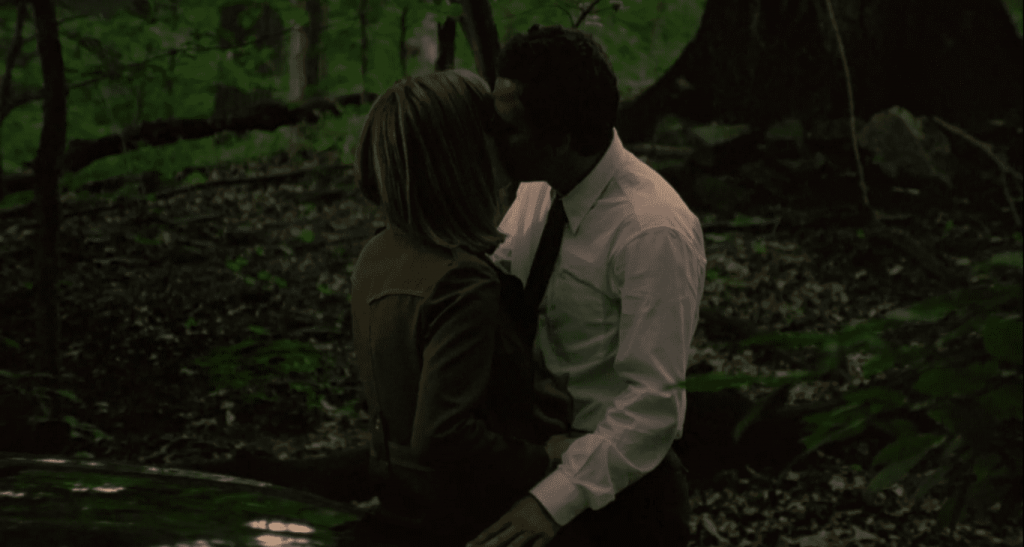
This all, hopefully, sounds good so far, right? I wish more people would agree. Sadly, most people remember In the Cut as the moment where Meg Ryan’s career bit the dust. She was mocked—nay, told off—for being 41 and “getting her tits out” after spending the best part of two decades being America’s sexless sweetheart in Ephron rom-coms. As far as the press and public were concerned, she had betrayed the image we all had of her in our minds, blonde curls bouncing, toothy grin, sweetly neurotic. And she was cruelly vilified for it, most famously in a TV interview with Michael Parkinson (I can’t even rewatch it, it incites such fury in me). “You should’ve prepared your audience for your doing something different,” he says to her, dead serious. “Meg Ryan bares all, makes leading man nervous,” wrote Gary Susman in his review of the film for EW. Andrew Anthony berated Ryan in an interview with The Guardian, saying she “drops the gags—and her underwear,” before going on to pervily fixate on her body: “dressed in jeans and a slinky blouse, her wisp of a body reveals a generosity of cleavage that informs you she is not promoting a light romance.” Pardon my French, but fucking gross.
In The Cut has a 2.9/5 average Letterboxd rating and a 32% rating on RottenTomatoes. Basically, the majority of people didn’t like it. Is it because Jane Campion was the only female filmmaker to make a truly feminist erotic thriller, unique in the male-gaze centred genre (alongside the Wachowski sisters with Bound)? I wish I had more answers. For me, In The Cut is a five-star film, with an incredible lead performance from Meg Ryan and a reputation it does not deserve.
Words by Steph Green
Part of Dead Sexy: A Fortnightly Column on Erotic Thrillers
Sign up to receive email alerts when a new column is live
Watch In the Cut on BFI Player or iTunes
Recommended Reading and Listening
‣ Ep #4: Lockdown Thirst, The Letterboxd Show Podcast
‣ “Meg Ryan’s Naked Ambitions” by Simran Hans, in She Found it at the Movies: Women writers on sex, desire and cinema
‣ Mourning and Manhattan, Verso Books Blogs
‣ “Architects of Beauty and Crypts of Our Bodies” by Lucy Bolton in Film and Female Consciousness: Irigaray, Cinema and Thinking Women
‣ Meg Ryan’s ‘In the Cut’ Is the Most Underrated Erotic Thriller of the 21st Century, Thrillist
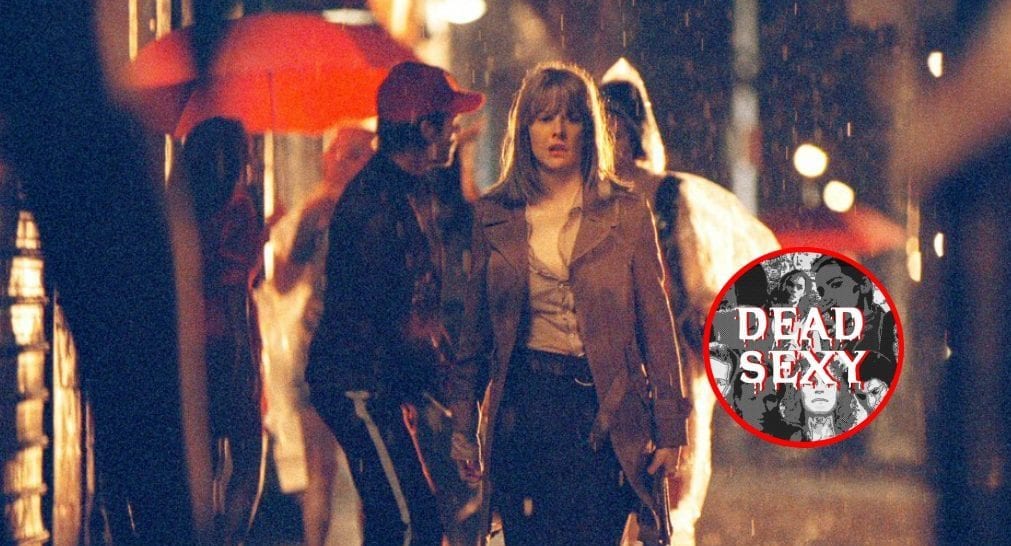
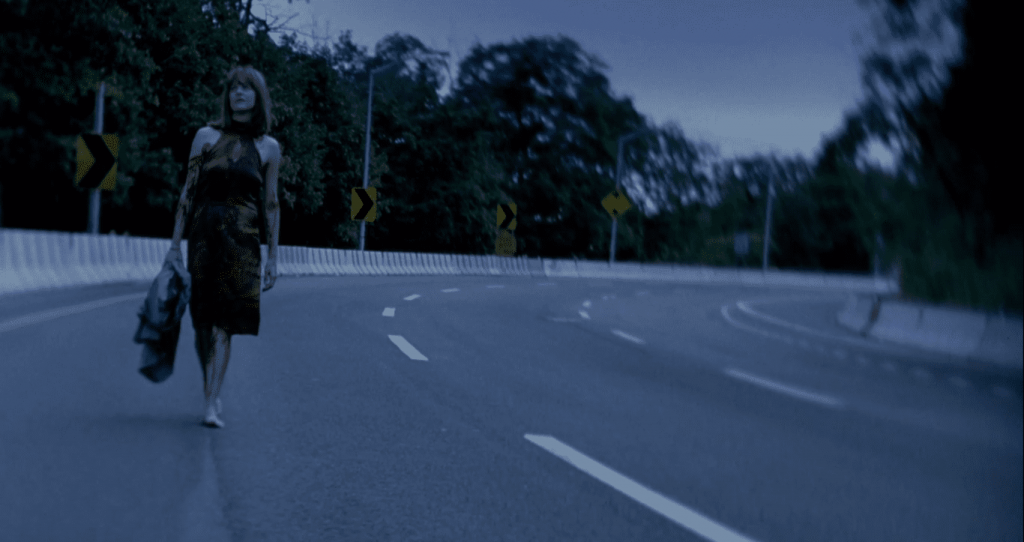
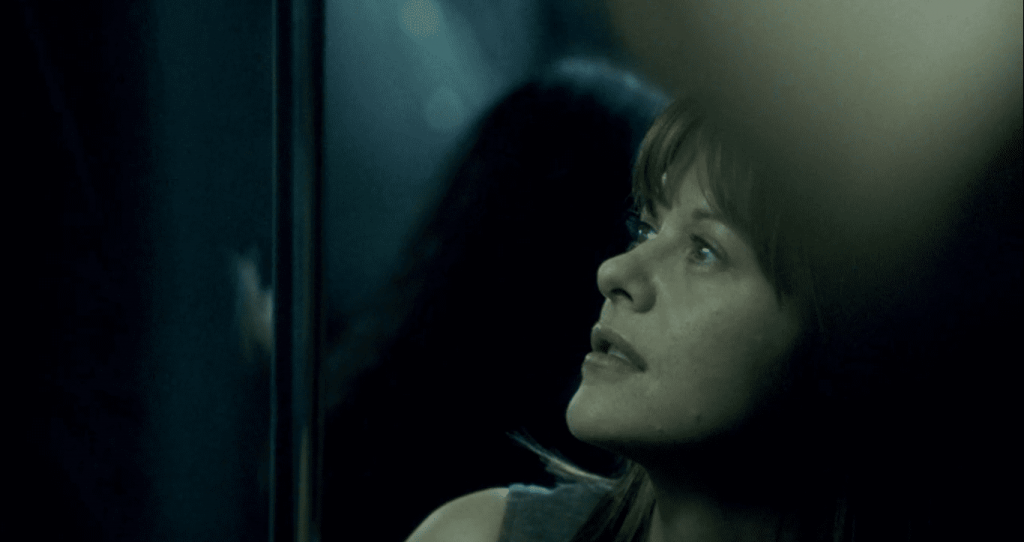

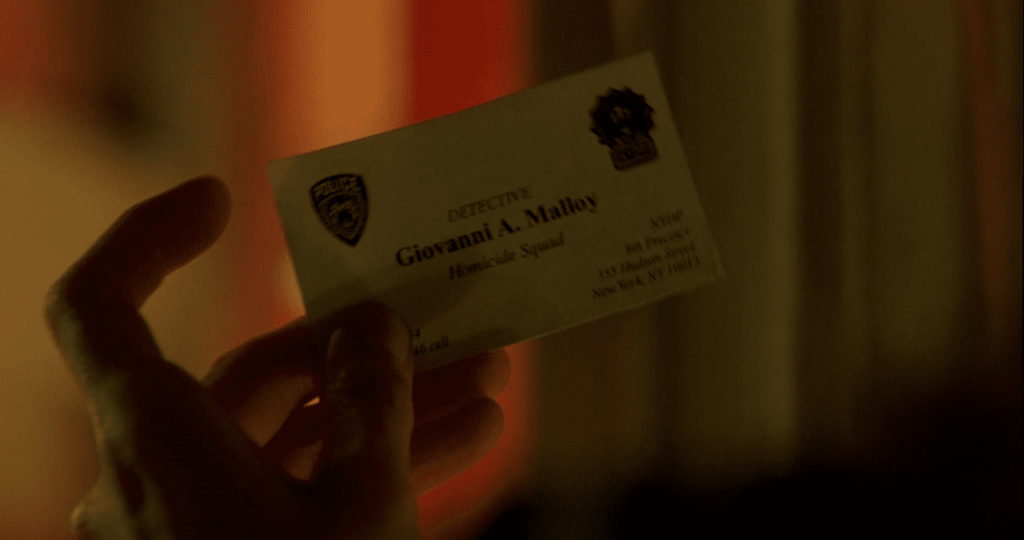
I just watched this film and I thought it was amazing. This is definitely an underrated Jane Campion movie and Meg Ryan really shows depth and range with her work. Great article!
Yes, just watched it as well and thought it was pretty much a perfect film, without having known anything about it in advance. I did my usual Googling afterwards to see how it fared critically and was shocked to see the low ratings on RT. Anyway, it’s part of the Criterion collection so somebody must think it’s good. It’s sad to think that this may have been the death knell for Ryan’s career as she gives an amazing performance. Campion, as always, is a master at gender relations.
I just watched this movie for the first time in March, 2024, on Amazon Prime. It had me spell bound. Not knowing about its background, I thought Meg was fabulous and looked fabulous. I’m familiar with her rom-coms but thought this movie may have been produced before them. I’m appalled when I read the reviews. The quality of this movie far surpasses so much of what’s considered entertaining in 2024. Meg was a terrific actress. Kudos to her for being willing to off her clothes and engage so erotically with the male lead. Wish there were more movies like this being made today. And s_rew those that reviewed and regarded this movie with such a double standard.